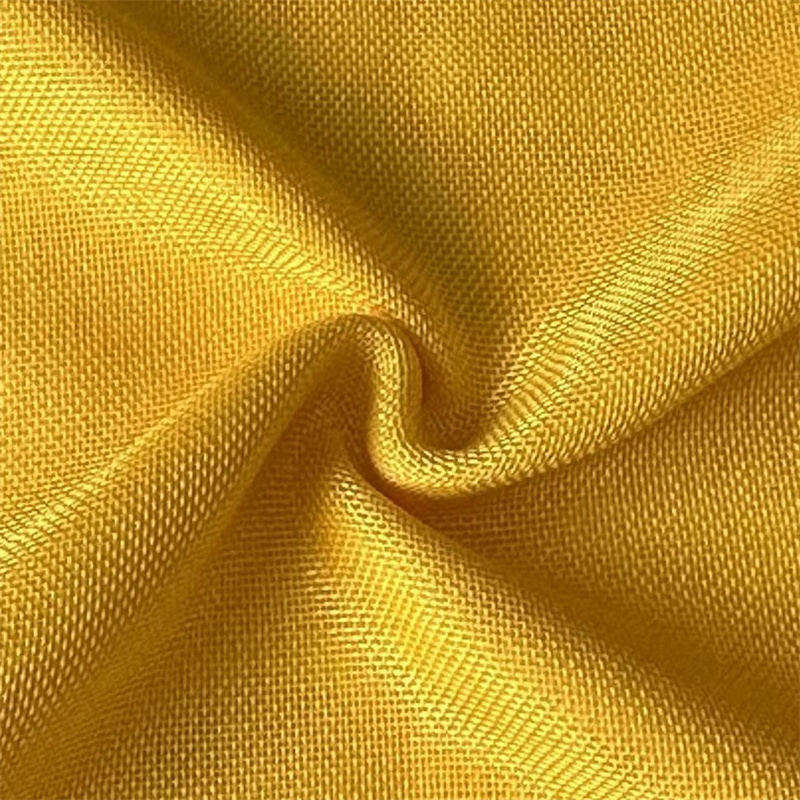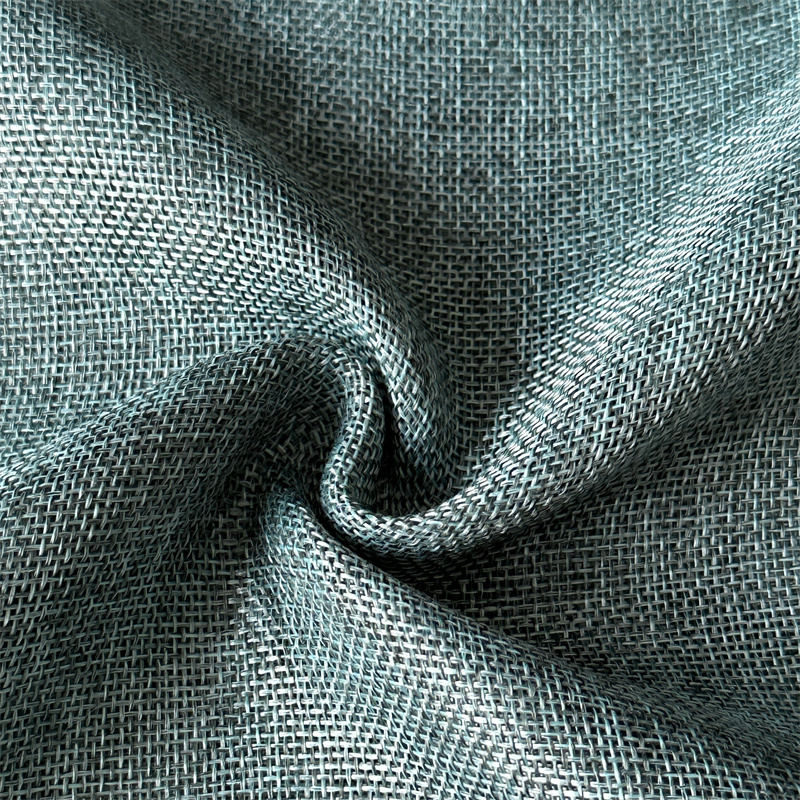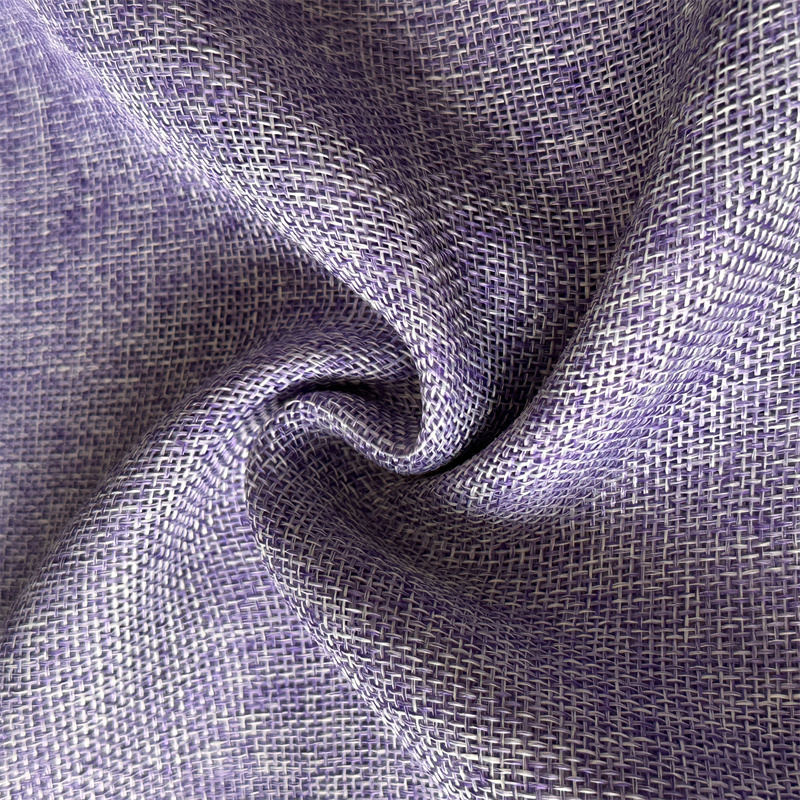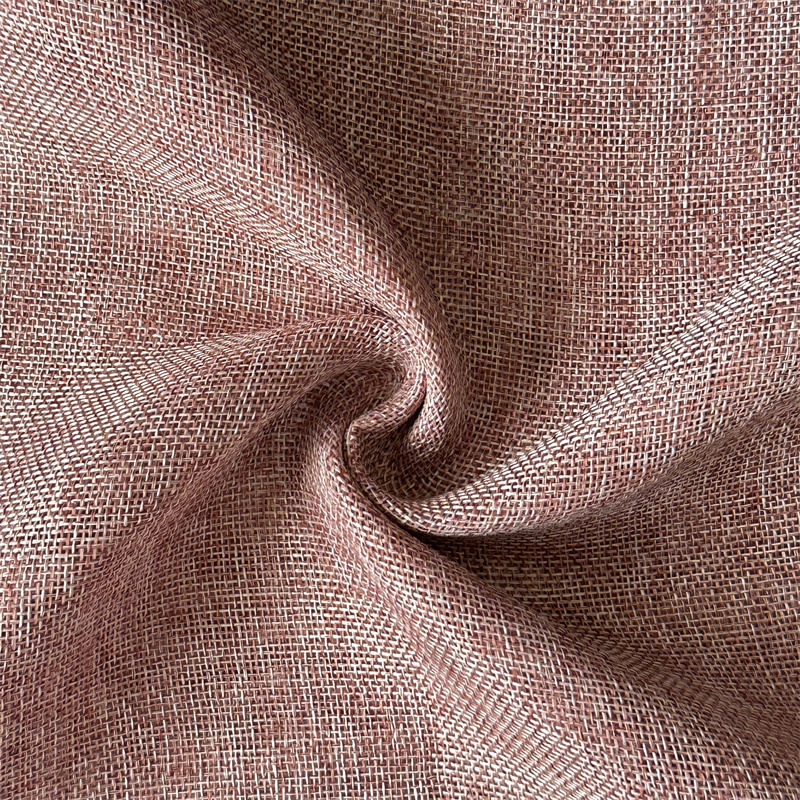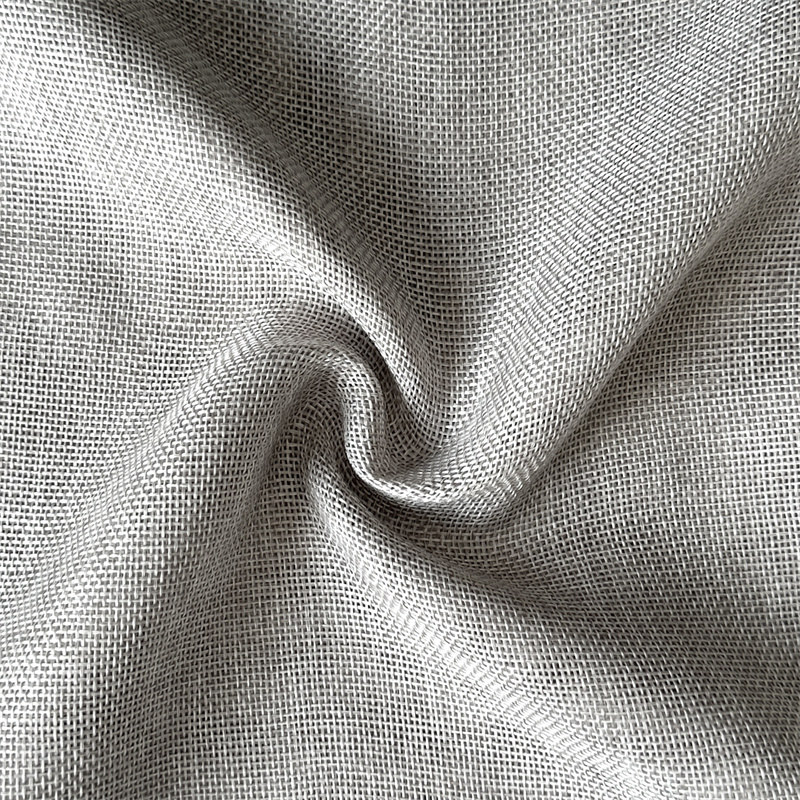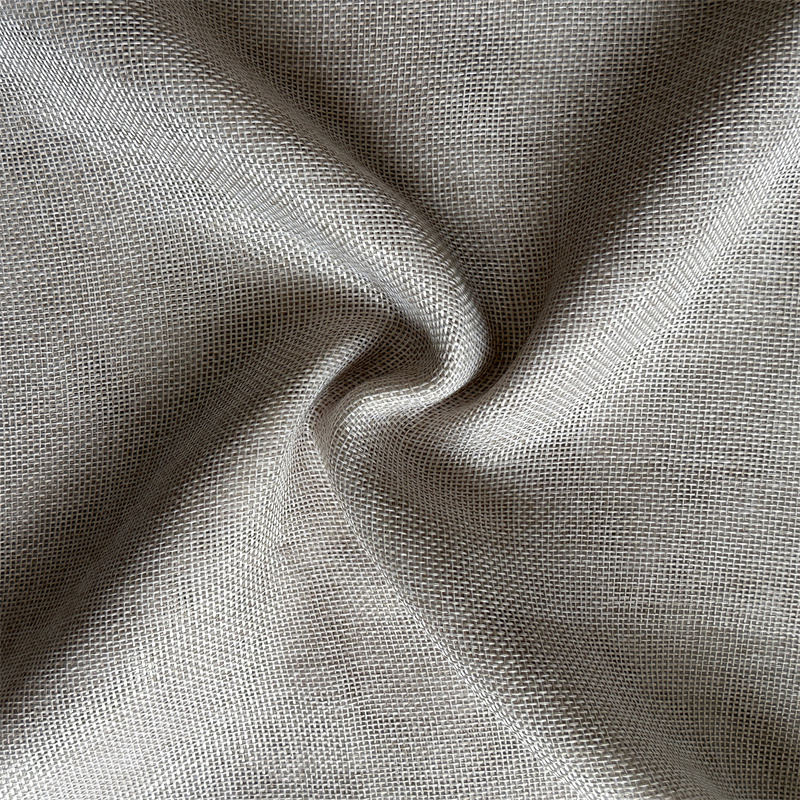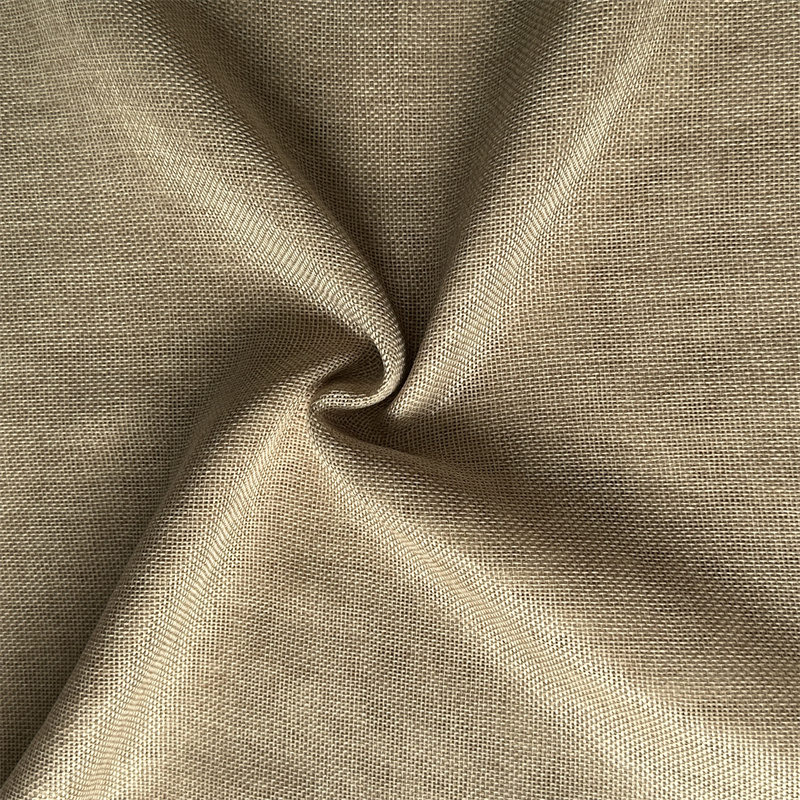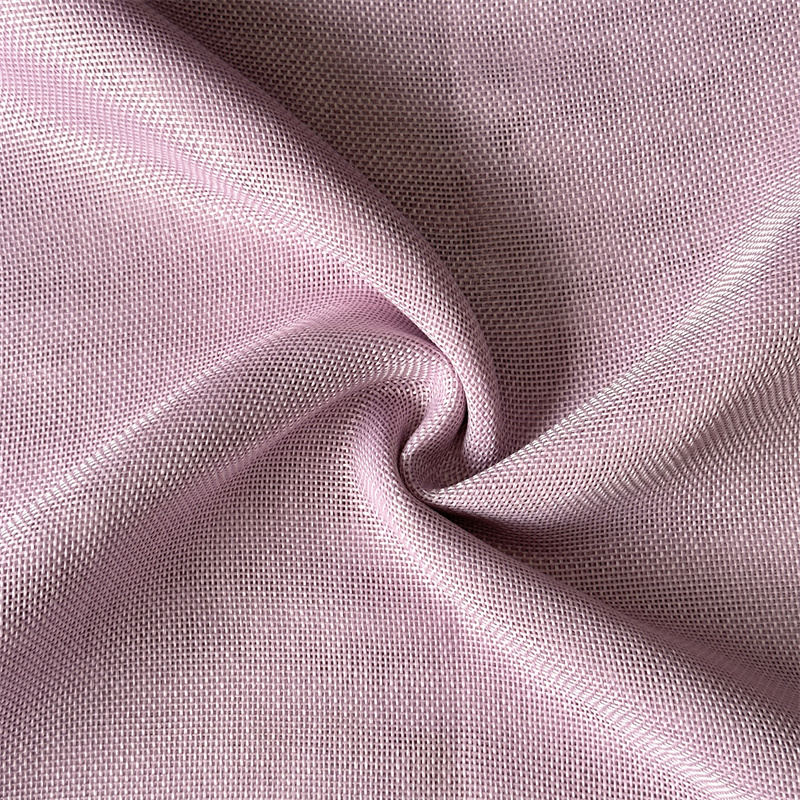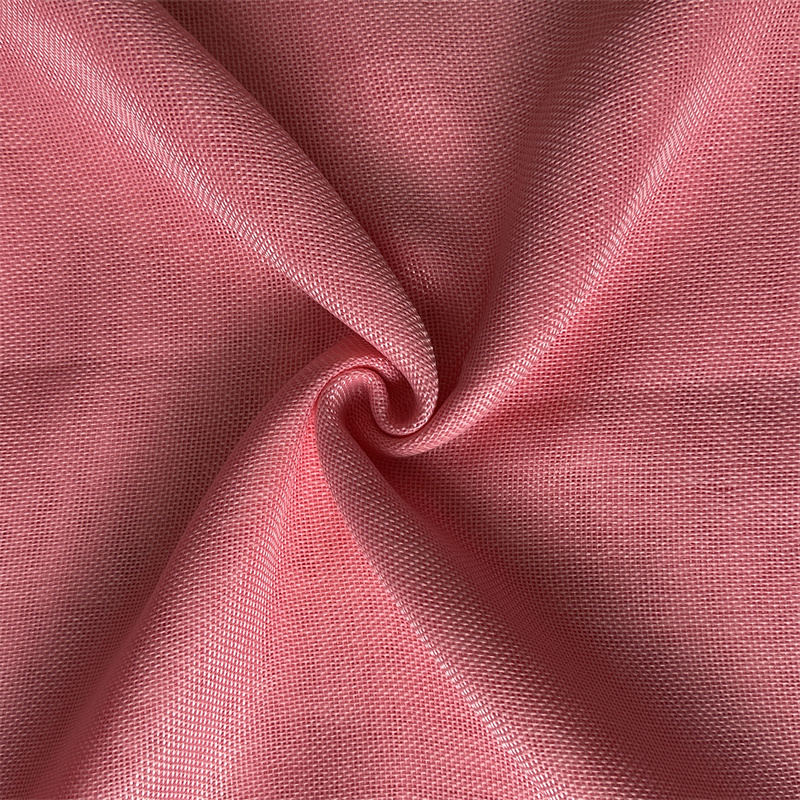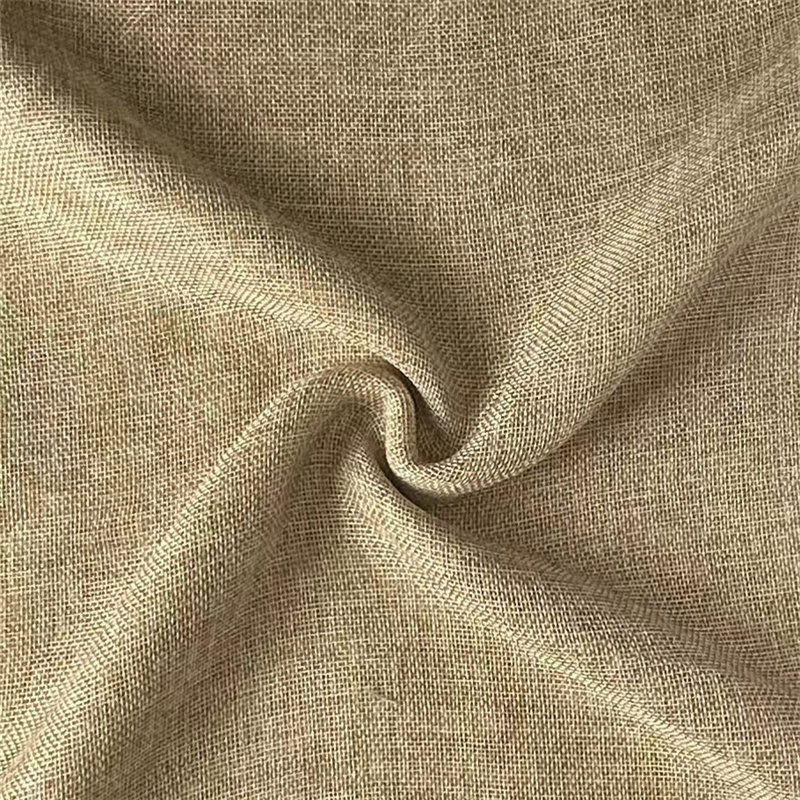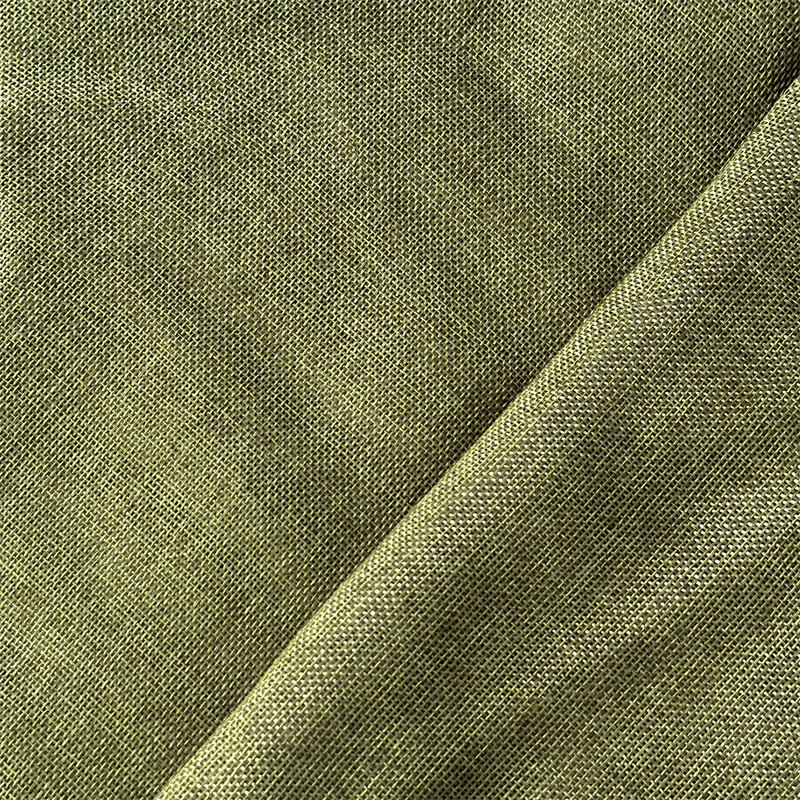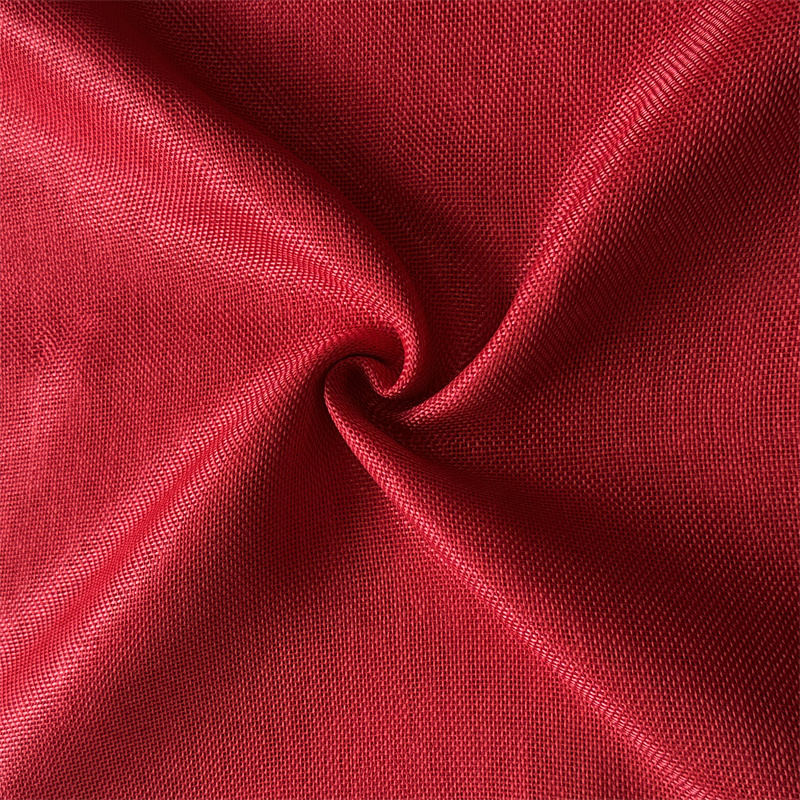Imitation silk fabric, often referred to as artificial silk or synthetic silk, has become a widely used material in both the fashion and home textile industries. Its popularity stems from its luxurious appearance, soft texture, affordability, and versatility. While it mimics the look and feel of natural silk, imitation silk offers practical advantages such as higher durability, lower maintenance, and greater resistance to wear and tear. These qualities make it an ideal choice for a variety of applications across clothing, accessories, and home furnishings.
1. Understanding Imitation Silk Fabric
Imitation silk fabric is produced using synthetic fibers such as polyester, rayon (viscose), nylon, or blends of these fibers. It is designed to replicate the sheen, drape, and smoothness of natural silk while offering greater practicality. Key characteristics include:
- Soft and Smooth Texture: Closely resembles the luxurious feel of real silk.
- Lustrous Appearance: Mimics the natural shine and subtle iridescence of silk, making garments and furnishings visually appealing.
- Durability: Resistant to tearing, wrinkling, and stretching, which allows for long-lasting use.
- Affordability: Less expensive than natural silk, making it accessible for mass production and a wider range of consumers.
- Easy Maintenance: Can often be machine-washed or dry-cleaned without losing shape or color.
These properties allow imitation silk to be used effectively in both fashion apparel and home textile products, where a combination of elegance, functionality, and cost-effectiveness is essential.
2. Applications in Fashion
Imitation silk fabric is extensively used in the fashion industry, where its soft hand feel, drape, and sheen contribute to stylish and sophisticated designs. Common applications include:
a. Dresses and Gowns
- Evening gowns, cocktail dresses, and party wear frequently use imitation silk because of its flowing drape and elegant appearance.
- The fabric can be dyed in vibrant colors or printed with intricate patterns, enhancing visual appeal.
- Lightweight and breathable, imitation silk makes formal attire comfortable to wear for extended periods.
b. Blouses and Shirts
- For workwear and casual wear, imitation silk is used to create blouses, shirts, and tops that offer a soft touch against the skin.
- Its smooth texture provides a polished, professional look, while being more durable and easier to maintain than natural silk.
- It is especially suitable for garments that require frequent washing, as it resists shrinkage and wrinkling.
c. Scarves and Shawls
- Imitation silk is ideal for accessories like scarves, stoles, and shawls, where softness and drape are critical.
- The fabric can be printed with detailed patterns, including floral, geometric, or abstract designs, adding color and style to an outfit.
- Lightweight and portable, imitation silk scarves are popular for both fashion and warmth.
d. Lingerie and Nightwear
- The softness and smoothness of imitation silk make it a comfortable choice for lingerie, sleepwear, and robes.
- Its gentle texture reduces friction against the skin, enhancing comfort during sleep.
- The fabric’s affordability allows manufacturers to create luxurious-feeling products at a lower cost, making it widely accessible.
e. Bridal and Formal Wear
- Imitation silk is often used for wedding dresses, bridesmaid dresses, and ceremonial attire.
- The sheen and drape of the fabric lend an air of elegance and luxury, while keeping costs manageable for consumers.
- It is also easier to manipulate into pleats, ruffles, or intricate drapes, allowing designers creative freedom.
f. Outerwear and Lightweight Jackets
- While not as insulating as wool or cotton, imitation silk is sometimes incorporated into lining fabrics for jackets, coats, and blazers.
- Its smooth texture ensures ease of wearing and a refined interior finish.
3. Applications in Home Textiles
Imitation silk fabric is equally valued in home decor and furnishings due to its aesthetic appeal and functional advantages. Common applications include:
a. Curtains and Draperies
- Imitation silk curtains are popular for their luster, rich appearance, and fluid drape, which enhance the ambiance of a room.
- They are available in various weights, prints, and finishes, making them suitable for living rooms, bedrooms, and formal spaces.
- The fabric’s durability allows curtains to withstand sunlight exposure and frequent handling without fading or tearing.
b. Cushion Covers and Upholstery
- Decorative cushion covers and light upholstery made from imitation silk add luxury and softness to furniture.
- Its smooth surface is visually appealing and comfortable to touch, making living spaces feel more inviting.
- Printed or embroidered imitation silk enhances patterns, textures, and color vibrancy in interior decor.
c. Bedding and Bed Linen
- Imitation silk is used for bed sheets, pillowcases, and duvet covers to create a soft, smooth sleeping surface.
- The fabric’s natural sheen gives bedding a luxurious look, often preferred in hotels and upscale homes.
- Lightweight and breathable, it is suitable for maintaining comfort in different climates.
d. Table Linens
- Tablecloths, runners, and napkins made from imitation silk are common in formal dining settings or events.
- The fabric resists wrinkles and stains better than natural silk, providing ease of maintenance while retaining elegance.
e. Wall Hangings and Decorative Fabrics
- Imitation silk is used in decorative wall hangings, tapestries, and accent fabrics to add texture, color, and sheen to interiors.
- Its ability to hold vibrant dyes and prints makes it ideal for artistic and statement pieces in home decor.
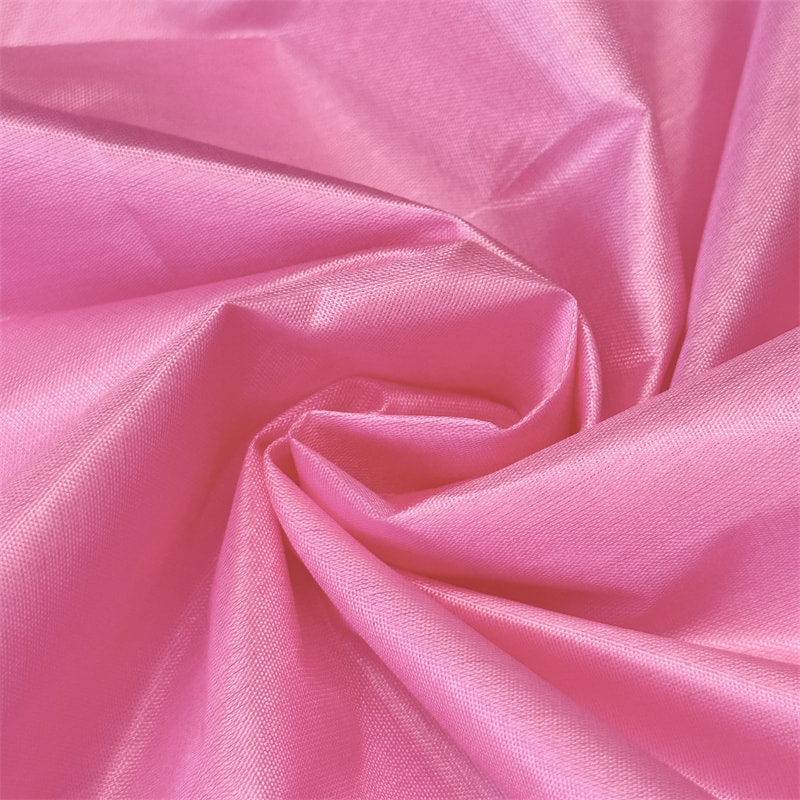
4. Advantages of Using Imitation Silk in Fashion and Home Textiles
The widespread adoption of imitation silk fabric is driven by several key advantages:
- Affordability: Provides the look and feel of natural silk at a fraction of the cost.
- Durability: More resistant to tearing, stretching, and abrasion, extending the lifespan of garments and furnishings.
- Ease of Care: Often machine-washable or easily dry-cleaned, unlike delicate natural silk.
- Versatility: Suitable for a wide range of products, from clothing and accessories to home textiles.
- Print and Dye Compatibility: Can be produced in vibrant colors and intricate patterns, making it ideal for fashion trends and interior design.
- Ethical Production: Often preferred by consumers seeking animal-friendly alternatives to silk, as it avoids the use of silkworms.
5. Considerations When Using Imitation Silk
While imitation silk has many advantages, some considerations are important:
- Heat Sensitivity: Synthetic fibers can be sensitive to high temperatures, so ironing and washing must follow care guidelines.
- Static and Slippage: Some imitation silks may generate static electricity or be slippery, affecting sewing and handling.
- Environmental Impact: Depending on the fiber (e.g., polyester), some imitation silks may not be biodegradable. Sustainable alternatives, such as recycled polyester or eco-friendly viscose, are increasingly popular.
6. Conclusion
Imitation silk fabric has proven to be a versatile and widely used material in both fashion and home textiles. Its softness, sheen, drape, and durability make it suitable for a broad spectrum of applications, from dresses, blouses, and scarves to bedding, curtains, and upholstery. The ability to replicate the luxurious appearance of natural silk while being more affordable and easier to maintain has cemented its position in modern textile manufacturing.
In fashion, imitation silk enhances comfort, elegance, and accessibility, allowing designers to create stylish, wearable, and functional garments. In home textiles, it adds visual appeal, tactile comfort, and durability, improving the aesthetic and practical qualities of interiors.
As consumer preferences continue to evolve toward sustainable, stylish, and comfortable textiles, imitation silk remains a highly valuable material, bridging the gap between luxury and practicality, while supporting innovative designs in both fashion and home decor.


 中文简体
中文简体 Español
Español